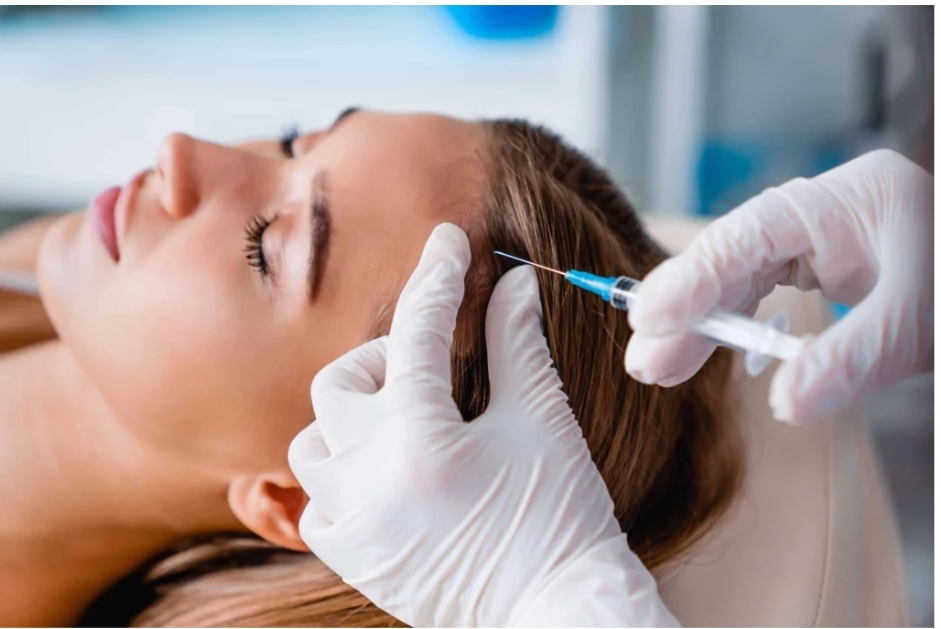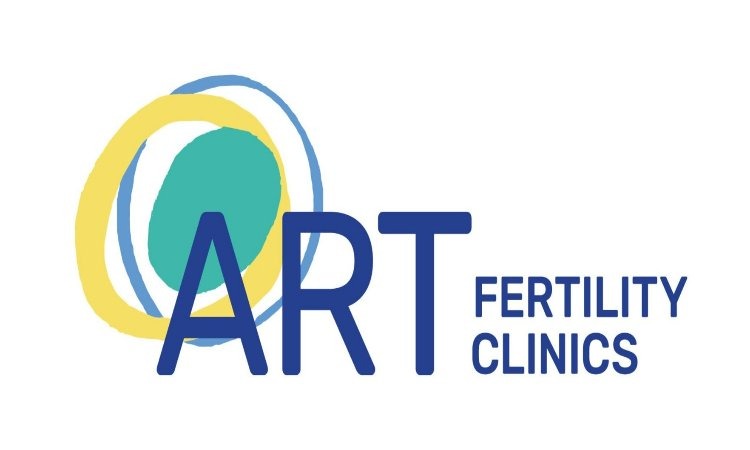PRP vs Hair Transplant: Which Hair Loss Treatment Is Right for You?
Hair loss is a common concern that affects both men and women, often starting with thinning at the crown or receding hairlines. It can be caused by genetics, hormonal imbalances, nutritional deficiencies, or medical conditions. Stress and lifestyle habits also play a major role in accelerating hair fall. Identifying the root cause is critical before choosing any treatment. Since hair loss varies from person to person, the best approach is usually determined after a clinical evaluation by a dermatologist or hair restoration specialist.
What Is PRP Therapy?
Platelet-Rich Plasma (PRP) therapy is a non-surgical procedure that uses the patient’s own blood to stimulate hair growth. A small blood sample is drawn, processed in a centrifuge, and the platelet-rich portion is injected into the scalp. The growth factors in PRP help nourish follicles and encourage stronger, healthier hair. This treatment has gained popularity because it avoids foreign chemicals, relies on natural healing, and can be repeated over multiple sessions to maintain results.
How PRP Works For Hair Restoration
PRP works by delivering concentrated platelets and growth factors directly to the scalp, targeting dormant or weakened hair follicles. These growth factors help improve blood circulation, repair damaged tissue, and support follicle regeneration. While PRP does not create new follicles, it can improve hair density and slow down thinning. Results vary depending on the extent of hair loss, overall health, and consistency of treatment. Patients typically see noticeable improvement after three to four sessions spaced a month apart.
What Is A Hair Transplant?
A hair transplant is a surgical procedure in which hair follicles are extracted from a donor site (usually the back of the head) and implanted into balding or thinning areas. It is considered a permanent solution because transplanted follicles retain their resistance to balding. Modern techniques such as Follicular Unit Extraction (FUE) and Follicular Unit Transplantation (FUT) have improved results, leaving minimal scarring and producing natural-looking outcomes. Hair transplants are generally performed under local anesthesia and require significant expertise from the surgeon.
How Hair Transplants Work
The process begins with identifying donor hair and preparing the recipient area. In FUE, individual follicles are extracted and implanted one by one, while in FUT, a strip of scalp is removed, and follicles are separated before transplantation. Recovery time may range from a few days to two weeks, depending on the method used. Once transplanted, follicles grow naturally like existing hair, making the results permanent. While effective, it is more invasive than PRP and comes with higher upfront costs.
Differences Between PRP And Hair Transplant
- Procedure Type: PRP is non-surgical, while hair transplant is surgical.
- Duration of Results: PRP requires ongoing sessions, whereas transplants are permanent.
- Recovery: Minimal downtime for PRP compared to weeks of recovery for transplants.
- Cost: PRP is generally less expensive per session, but cumulative costs may rise.
- Suitability: PRP is ideal for early hair thinning, while transplants are preferred for advanced baldness.
These differences highlight how the choice depends largely on the stage and severity of hair loss.
Effectiveness And Results
PRP typically delivers gradual improvements in hair thickness and density, best for individuals with early-stage hair loss. Hair transplants, on the other hand, provide more dramatic and lasting results for those with advanced balding. It’s important to note that transplanted hair takes several months to fully grow in, while PRP requires ongoing maintenance sessions to preserve results.
Cost Comparison
PRP sessions usually cost less but require multiple appointments spread over time. A typical treatment plan may include three to six sessions per year. Hair transplants involve a higher one-time expense, depending on the number of grafts required, but they are a permanent investment.
Recovery Time And Side Effects
PRP has minimal recovery requirements. Patients may experience mild swelling, redness, or scalp tenderness, but these resolve within a day or two. Hair transplants involve longer healing, with scabbing, minor bleeding, or temporary numbness. FUT procedures may leave a linear scar, whereas FUE results in tiny dot scars that are less visible. Both treatments are generally safe when performed by trained professionals.
Who Is A Good Candidate For Each Treatment?
PRP works best for individuals experiencing mild to moderate thinning, especially those looking for a non-surgical option. It is not suitable for people with complete baldness, as it cannot generate new follicles. Hair transplants are recommended for those with significant hair loss but with sufficient donor hair available. Candidates must also be in good overall health to undergo surgery.
Ahmedabad has become a trusted center for hair restoration because of its advanced clinics, experienced specialists, and cost-effective procedures. Patients come here for their high-quality care that balances affordability with technology. For anyone considering their options, Hair Loss Treatment in Ahmedabad offers a combination of expertise and accessibility.
Making The Right Choice
When deciding between PRP and a hair transplant, several factors come into play:
- Stage of hair loss
- Desired speed of results
- Budget and willingness for ongoing sessions
- Comfort with surgery and recovery time
- Long-term expectations






